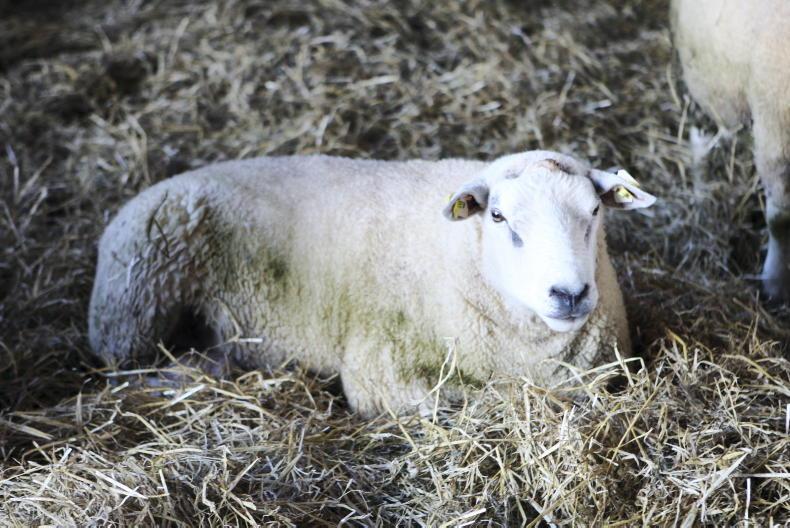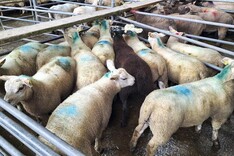FEC approved laboratories: Where faecal egg counts (FECs) are being taken for the purposes of complying with schemes such as the Sheep Improvement Scheme under the parasite control action then it is vital to note that only FECs analysed by a laboratory on the Department of Agriculture’s approved list will be deemed eligible. The eight laboratories approved for the SIS are detailed in the table along with their contact details. FECs analysed outside of these labs will not be accepted under the terms and conditions of the scheme.
For lowland flocks in SIS who selected parasite control (faecal egg count), this must be carried out on lambs on two separate occasions between 1 June and 30 September annually. Samples must be taken in sufficient time to allow for laboratory testing prior to 30 September annually.
Quarantine protocol: The importance of implementing a quarantine protocol is mentioned a couple of times in this week’s sheep breeding focus but not expanded upon. Any purchased sheep should ideally remain indoors for a period of 24 to 48 hours during which time treatments to guard against introducing resistant worms are administered.
The typical recommended option here is to use a new generation wormer, e.g. Zolvix / Startect (for farmers in Northern Ireland and Britain) and a moxidectin-based product. Where this option is not feasible then the next preferred option is treatment with a moxidectin-based wormer and a levamisole-based wormer.
Other health concerns include liver fluke treatment, external parasite control, lameness and a vaccination programme. The main ailment here for store lambs is clostridial diseases while for breeding females chlamydial abortion / enzootic abortion and toxoplasmosis should be considered.
Sheep should also be assessed for signs of lameness with follow up checks guarding in particular for the presence of contagious ovine digital dermatitis. Exploring the health status of the farm you are purchasing from, if possible, is a major benefit in covering all the required bases. Page 52 discusses transition feeding for newly purchased rams.
Tagging lambs: The only exception to lambs moving off the farm without an electronic identification (EID) double set of tags (conventional and electronic) is where lambs are moving direct from the holding of origin for slaughter. Lambs moving farm to farm and then to slaughter cannot be traded with just a single electronic tag and must possess the double set of EID tags.






 This is a subscriber-only article
This is a subscriber-only article










SHARING OPTIONS: